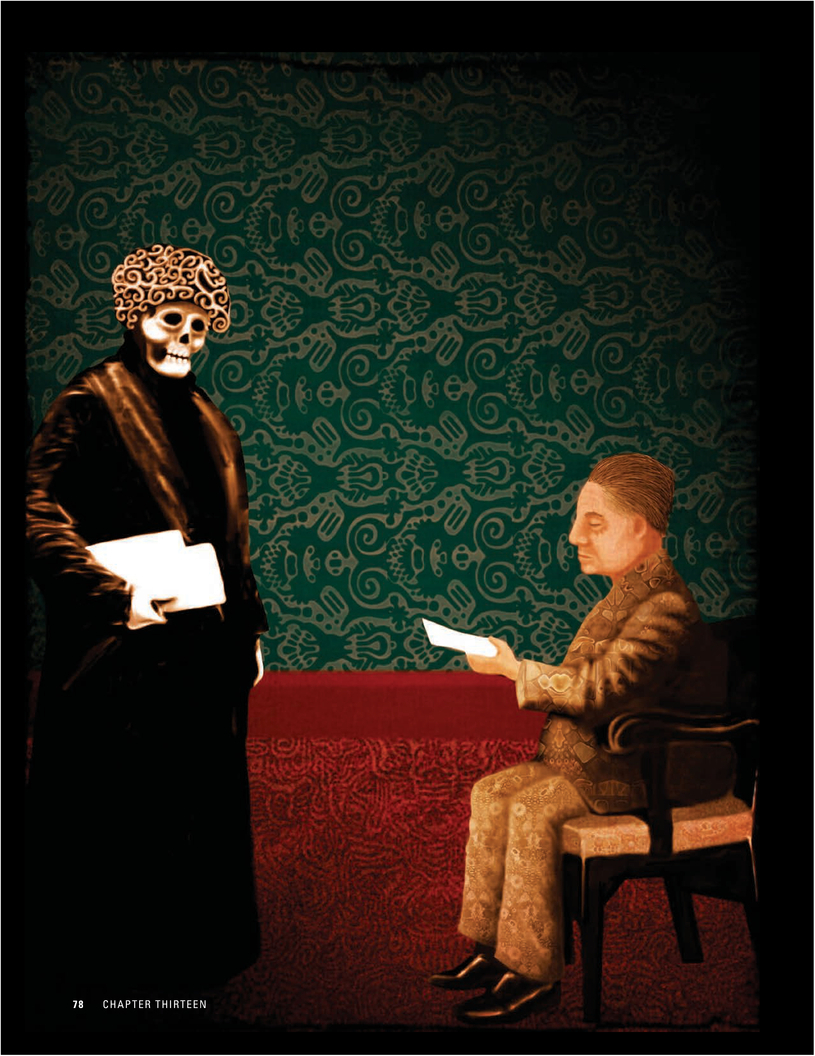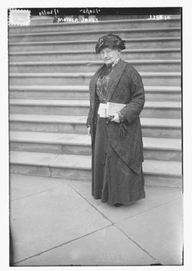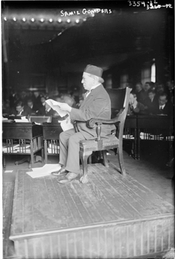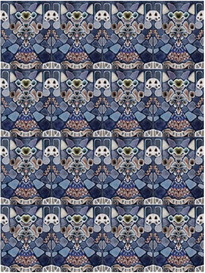Gabriel Palacios Badillo
The Death of a Dictator

The Death of a Dictator
BY GABRIEL PALACIOS BADILLO
Artist
Azcapotzalco, Mexico
“SketchBook Pro”, “Pixlr-o-matic”, “Tile Wallpaper”, “Camera+”.
Inspiration
When I paint simple digital brush strokes, improvisation makes them more complex and colorful as I go along. Unfortunately there are times when those strokes produce nothing original to satisfy me or to let me create something visually interesting. In these cases of low creative energy, I don’t look at other painters’ work for fear of becoming a copycat. I try to consult photographs in a search for images that will provide me with some meaning. One of my favorite and recurring sources of inspiration is the gallery of the Library of Congress which is posted on Flickr (http://www.flickr.com/people/library_of_congress/). In this gallery you can find material from different photographers and eras, free of copyright but with important historical value.

Mother Jones. Bain News Service, publisher (between ca. 1910 and ca. 1915).

Samuel Gompers on stand. Federal Commission on Industrial Relations, NYC. Photoprint, 1915 (Bain Coll.) (LOC).
Selection
I usually choose four or five pictures that are visually interesting, specifically selecting ones with some peculiarity in the people in the photo: their clothes, the posture of the body, the expression on the face, or a way of using some object. This selection is done quickly, without analysis, a mere glance.
Once you’ve selected the photographs and placed them side by side, try to find some relationship. This relationship is invented by me, of course, an attempt to develop a narrative in which you can view your found photos as part of a story worth telling.
Design
Recently, during the process of selecting photographs I found the image of a man sitting on a podium, reviewing some documents. He seemed to hold the power to make decisions on important issues.
The other picture I found was of an older woman, dressed elegantly. Her appearance reminded me of the way death is represented in Mexico: a finely dressed woman with a skull for a head. I noticed that the woman carried some documents in her hands. At the time, unconsciously, I established a fictional relationship between the two pictures: What if both documents were the same picture? What if they had the same message? It occurred to me that the woman (representing death) could be taking a dictator a list of people who were about to die. Among the names on the list would be the dictator’s.
I placed the reference pictures on two layers.

I cut out the characters and put them in position, in accordance with my composition.

I added another layer on top to draw on, using the photo as a reference.

I added a bottom layer with a texture and an intermediate layer for adding color.


Texture of Clothing
The screening was done by repeating the pattern with “Tile Wallpaper”.


I imported one of the textures for the second layer. The purpose was to add texture to the dictator’s clothes. Placing it on the first layer, I took the eraser tool, set the opacity to 2 percent and started to erase over the dictator’s body. This action revealed the texture behind, on the second layer, as if I was painting over the surface. Once I finished his clothes, I merged both layers.
Once I finished painting, the image had shades of blue, a color that did not correspond with the drama of the moment I wanted to portray. Therefore I decided to apply color filters. I used the apps “Pixlr-o-matic” and “Camera+” (separately or together) to optimize the color, changing hues to add texture to give the painting a better look and to create atmosphere. With the “Camera+” app, I applied the Chromogenic filter to the image and saved it. This gave an ocher tint to all objects and textures, as well as a faint granular texture to disguise stroke imperfections and unify all the elements of the image. Then I opened “Pixlr-o-matic” and applied the Soft filter to shade the corners, getting a shadowy effect. The aim was to highlight the white paper and the very important message it contained.

Texture of the wall. Pattern: “SketchBook”. Pattern repetition: “Tile Wallpaper”.
